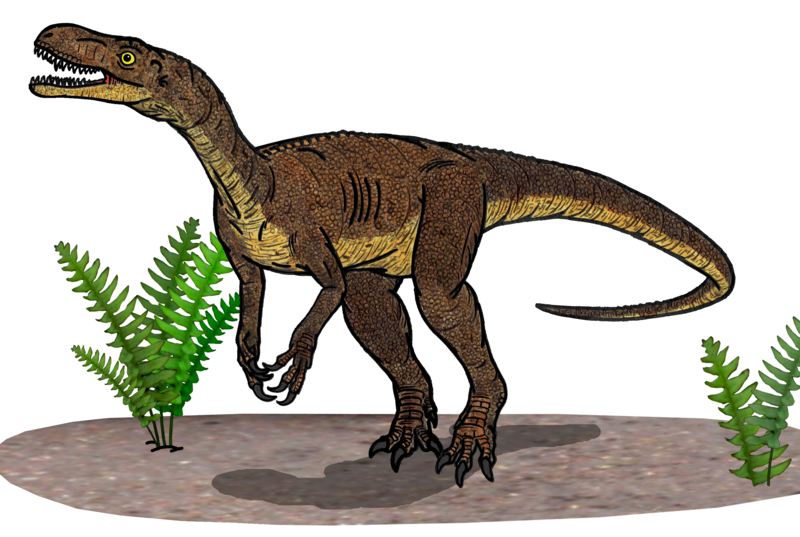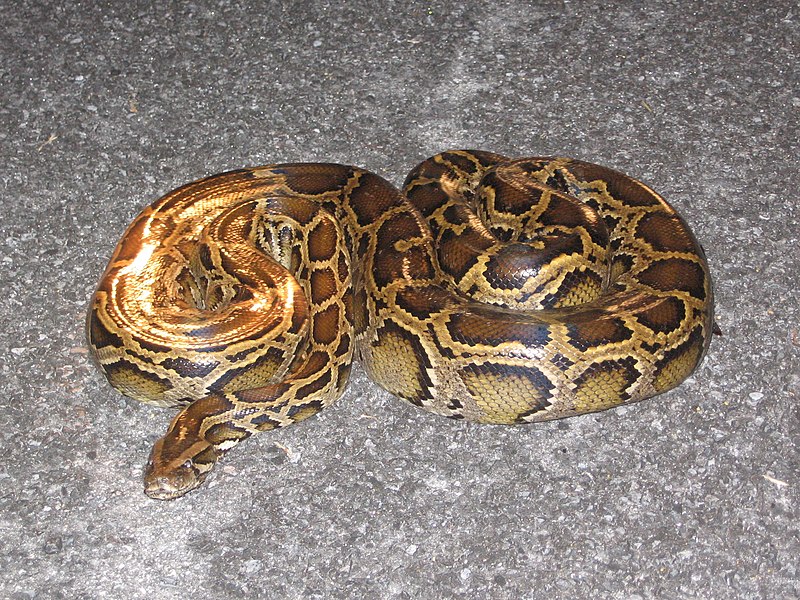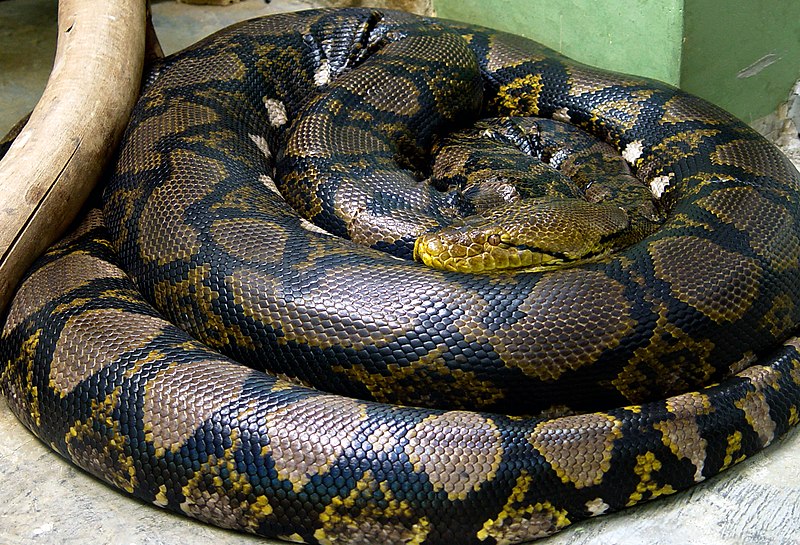 Paleontologists have recently uncovered the fossils of two small creatures that defied some basic “dinosaur rules”, and which have provided unique insights into the evolution of both carnivorous and plant-eating creatures. Eodromaeus, christened the Dawn Runner, resembled a pint-sized Tyrannosaurus, and likely gave rise to the most ferocious predator of ancient times, T rex. Tiarajudens eccentricus, on the other hand, ate plants yet was equipped with long, pointed fang-like teeth – a “saber-toothed cow” of sorts.
Paleontologists have recently uncovered the fossils of two small creatures that defied some basic “dinosaur rules”, and which have provided unique insights into the evolution of both carnivorous and plant-eating creatures. Eodromaeus, christened the Dawn Runner, resembled a pint-sized Tyrannosaurus, and likely gave rise to the most ferocious predator of ancient times, T rex. Tiarajudens eccentricus, on the other hand, ate plants yet was equipped with long, pointed fang-like teeth – a “saber-toothed cow” of sorts.
The Dawn Runner, Eodromaeus,
This 4-foot-long, 10-15 pound fellow likely made up in ferocity what it lacked in size. Pondering its image (please see photo of skeleton and artist’s recreation in article below), I can’t help but think that “prehistoric herpers” would have surely made a pet of this one! Of course, dinosaurs and humans did not inhabit earth at the same time, but if we had… Read More »
 That Reptile Blog – Reptile, Amphibian and Exotic Pet Care and Information
That Reptile Blog – Reptile, Amphibian and Exotic Pet Care and Information



